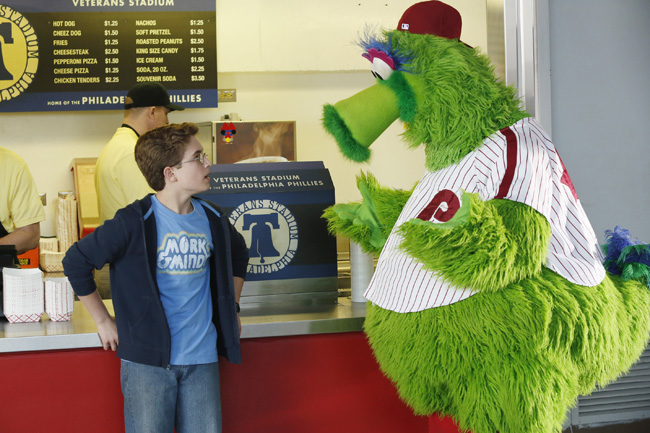

Throughout, Goldberger shows us the way in which baseball's history is concurrent with our cultural history: the rise of urban parks and public transportation the development of new building materials and engineering and design skills. In the changing locations and architecture of our ballparks, Goldberger reveals the manifestations of a changing society: the earliest ballparks evoked the Victorian age in their accommodations-bleachers for the riffraff, grandstands for the middle-class the "concrete donuts" of the 1950s and '60s made plain television's grip on the public's attention and more recent ballparks, like Baltimore's Camden Yards, signal a new way forward for stadium design and for baseball's role in urban development.

TolkienĪn exhilarating, splendidly illustrated, entirely new look at the history of baseball: told through the stories of the vibrant and ever-changing ballparks where the game was and is staged, by the Pulitzer Prize-winning architectural critic.įrom the earliest corrals of the mid-1800s (Union Grounds in Brooklyn was a "saloon in the open air"), to the much mourned parks of the early 1900s (Detroit's Tiger Stadium, Cincinnati's Palace of the Fans), to the stadiums we fill today, Paul Goldberger makes clear the inextricable bond between the American city and America's favorite pastime. Lewis George Orwell Mary Pope Osborne LeUyen Pham Dav Pilkey Roger Priddy Rick Riordan J.


 0 kommentar(er)
0 kommentar(er)
